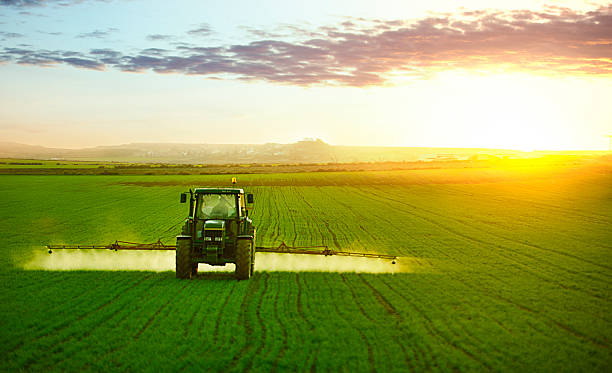
Crop production is an essential part of agricultural systems, as it determines the amount of food available for consumption. To maximize yields, farmers must implement the best practices for crop production. In this blog post, we will look at different techniques that can be used to boost crop production and achieve higher yields. We will discuss the importance of soil management, crop rotation, irrigation, and pest control, and how they can be used to increase crop yields. By following the best practices for crop production, farmers can ensure a successful harvest and improved food security.
The Importance of Crop Production for Food Security and Economic Development
Crop production plays a vital role in ensuring food security and driving economic development. Without a steady and abundant supply of crops, the world would struggle to feed its growing population. Agriculture is not only responsible for producing food but also for providing employment opportunities and contributing to the economy.
Food security is pivotal for the well-being of individualities and communities. A reliable and diverse supply of crops ensures that people have access to nutritious food. This is especially important in regions that are vulnerable to food shortages or rely heavily on agriculture for their livelihoods. Crop production also supports economic development by generating income for farmers, creating jobs in related industries, and contributing to the country’s GDP.
Additionally, crop production plays a significant role in international trade. Many countries rely on agricultural exports to boost their economies and support global trade. By increasing crop production, countries can strengthen their position in the global market and improve their economic competitiveness.
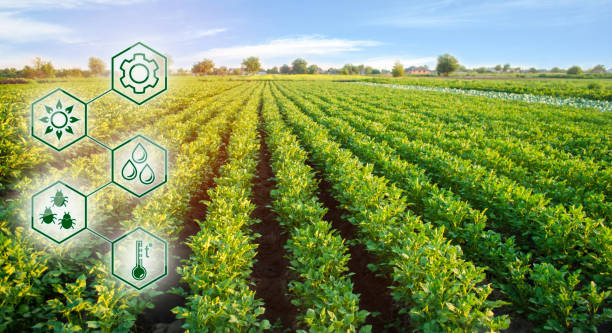
Factors Affecting Crop Production and Yield
Several factors can impact crop production and ultimately affect the yield of crops. Understanding and managing these factors is essential for maximizing productivity and ensuring a successful harvest.
One of the primary factors affecting crop production is climate. Different crops have specific temperature, sunlight, and rainfall requirements for optimal growth. Deviations from these ideal conditions, such as extreme heat, drought, or excessive rain, can significantly impact crop yields. Farmers must consider climate patterns and make necessary adjustments, such as implementing irrigation systems or choosing drought-tolerant crop varieties.
Soil quality and fertility also play a crucial role in crop production. Nutrient levels, pH balance, and organic matter content of the soil directly influence plant growth and development. Farmers should regularly test their soil and apply appropriate fertilizers or soil amendments to optimize soil conditions for crop growth.
Pests and conditions can pose significant pitfalls to crop production. Insect pests, weeds, fungi, and bacteria can cause significant damage to crops, leading to reduced yields or crop failure. Integrated pest management practices, such as crop rotation, companion planting, and the use of organic pesticides, can help prevent and manage pest and disease outbreaks.
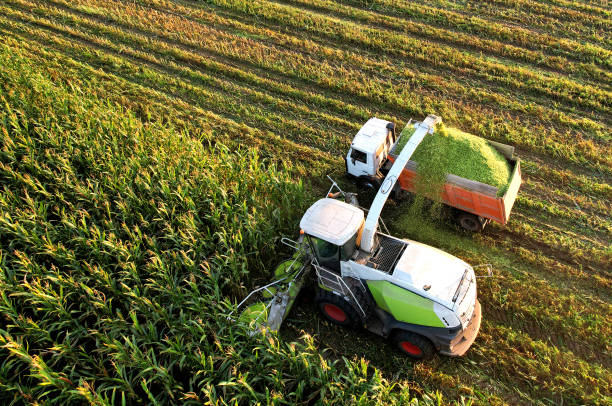
Best Practices for Crop Production
To achieve higher crop yields and maximize productivity, farmers must implement the best practices for crop production. These practices encompass various aspects of farming, including choosing the right crop variety, implementing effective soil management strategies, ensuring adequate water supply for irrigation, preventing and managing pests and diseases, and employing proper harvesting and post-harvest handling techniques.
Choosing the right crop variety is crucial as it determines the crop’s adaptability to the local climate and soil conditions, as well as its resistance to pests and diseases. Farmers should select varieties that have a proven track record of high yields and are suited to their specific farming conditions.
Implementing effective soil management strategies is vital for maintaining soil fertility and health. This includes regular soil testing, applying appropriate fertilizers and soil amendments, and practicing crop rotation to minimize nutrient depletion and reduce the risk of soil-borne diseases.
Ensuring an adequate water supply for irrigation and plant growth is another essential practice. Farmers should invest in efficient irrigation systems and technologies, such as drip irrigation or sprinklers, to optimize water usage and reduce wastage.
Preventing and managing pests and diseases is crucial for protecting crops and achieving high yields. Integrated pest management techniques, such as crop rotation, companion planting, and the use of biological control agents, can help minimize pest damage and reduce the reliance on chemical pesticides.
Proper harvesting and post-harvest handling techniques are necessary to preserve crop quality and reduce losses. This includes harvesting crops at the right stage of maturity, handling them carefully to minimize bruising or damage, and storing them in suitable conditions to prevent spoilage.
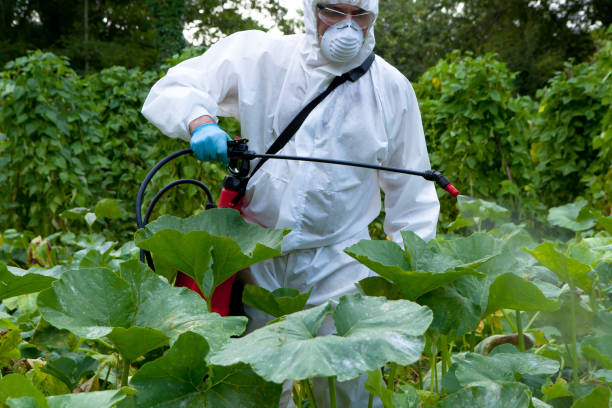
Choosing the Right Crop Variety for Optimal Yield
When it comes to maximizing crop production and achieving optimal yields, choosing the right crop variety is key. Each crop variety has unique characteristics and traits that determine its adaptability to specific environmental conditions, disease resistance, and overall productivity. Farmers need to carefully consider factors such as climate, soil conditions, and local market demands when selecting crop varieties.
To choose the right crop variety, farmers should conduct thorough research and seek advice from agricultural experts or local agricultural extension services. They can consider factors such as the crop’s maturity period, yield potential, disease resistance, and market demand. Farmers should also take into account their own farming practices and resources available, as some crop varieties may require specific management practices or equipment.
By selecting the most suitable crop varieties, farmers can optimize their yields and increase productivity. The right crop variety can withstand environmental challenges, resist pests and diseases, and produce higher yields, ensuring a successful harvest. Additionally, choosing crop varieties that align with market demands can enhance profitability and marketability.
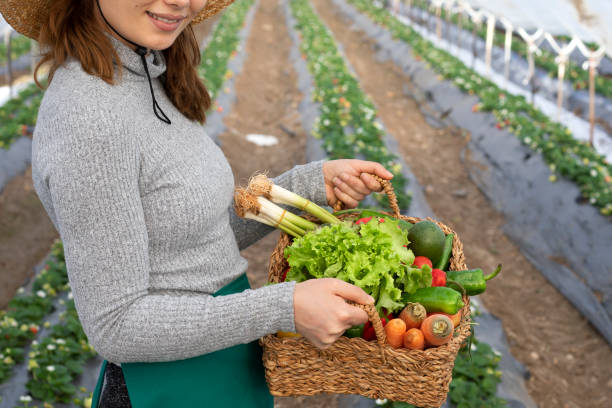
Implementing Effective Soil Management Strategies
Implementing effective soil management strategies is crucial for optimizing crop production and achieving higher yields. Soil quality and fertility directly impact the growth and development of crops, so it’s important for farmers to prioritize soil health.
One key strategy for effective soil management is regular soil testing. By analyzing the nutrient levels, pH balance, and organic matter content of the soil, farmers can identify any deficiencies or imbalances. This allows them to apply appropriate fertilizers or soil amendments to optimize soil conditions for crop growth.
Another important practice is crop rotation. Planting different crops in a rotation helps minimize nutrient depletion and reduce the risk of soil-borne diseases. By alternating between crops with different nutrient requirements, farmers can maintain soil fertility and improve long-term soil health.
Additionally, implementing practices such as cover cropping and mulching can help improve soil structure, retain moisture, and prevent erosion. Cover crops also add organic matter to the soil, further enhancing its fertility.
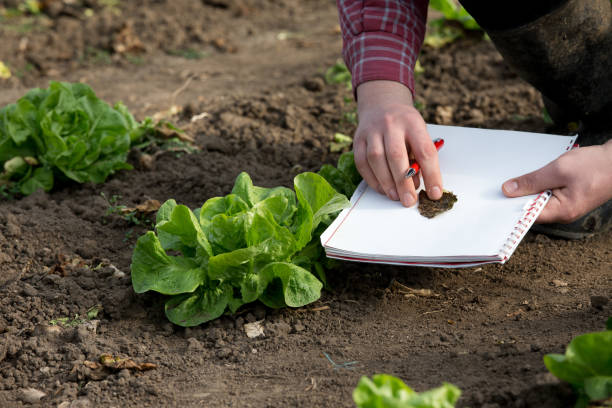
Ensuring Adequate Water Supply for Irrigation and Plant Growth
Proper irrigation is crucial for crop production and ensuring optimal plant growth. Water is a vital resource that plants need for photosynthesis, nutrient uptake, and overall development. Without an adequate water supply, crops can suffer from stress, wilting, and reduced yields.
To ensure an adequate water supply for irrigation and plant growth, farmers must implement efficient irrigation systems and practices. One popular method is drip irrigation, where water is delivered directly to the plant’s roots through a network of tubes and emitters. This technique minimizes water wastage and ensures that plants receive the necessary moisture without over-saturation.
Another effective approach is scheduling irrigation based on crop water requirements and soil moisture levels. Farmers can use technologies like soil moisture sensors to accurately determine when to irrigate and how much water to apply. By avoiding under- or over-irrigation, farmers can optimize water usage and maximize crop yields.
Additionally, proper water management includes capturing and storing rainwater, implementing water-saving techniques like mulching and evaporation prevention, and utilizing recycled or treated wastewater for irrigation. These practices not only conserve water but also contribute to sustainable farming practices and environmental stewardship.
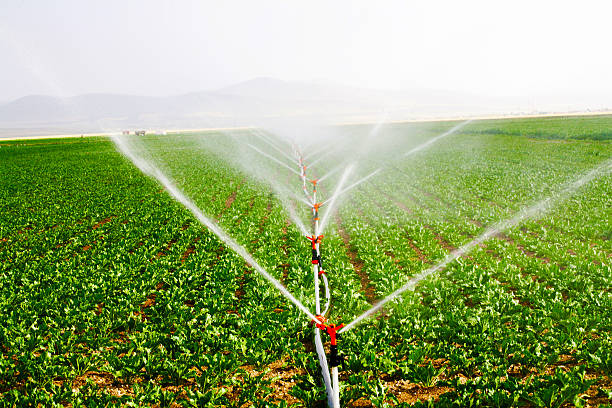
Preventing and Managing Pests and Diseases
Pests and diseases can wreak havoc on crops, causing significant damage and reducing yields. That’s why preventing and managing these threats is essential for successful crop production.
Integrated pest operation is a holistic approach that combines colorful ways to control pests and conditions. Crop rotation, for example, can disrupt pest life cycles and reduce the risk of disease transmission. Companion planting is another effective method, as certain plants can repel pests or attract beneficial insects that prey on them. Additionally, using organic pesticides and biological control agents can help manage pest populations without harming the environment or human health.
Regular monitoring of crops is crucial to catch any signs of pest or disease infestations early. This allows growers to take prompt action and apply applicable control measures. Early detection and intervention can prevent the spread of pests and diseases, minimizing their impact on crop yields.
Another important aspect of pest and disease management is maintaining good crop health. Healthy plants are more resistant to pests and diseases, so it’s important to provide optimal growing conditions, including proper irrigation, balanced nutrition, and adequate sunlight. Pruning and removing diseased plants can also help prevent the spread of infections.
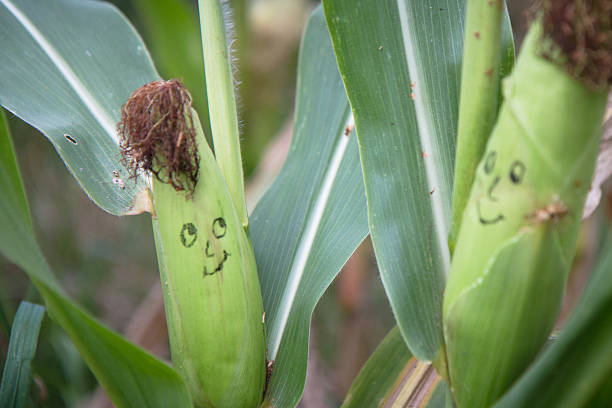
Harvesting and Post-Harvest Handling Techniques to Preserve Crop Quality
Harvesting and post-harvest handling techniques are crucial for preserving crop quality and maximizing the value of the harvest. The way crops are harvested and handled after they are harvested can significantly impact their freshness, taste, and overall quality.
When it comes to harvesting, timing is key. Harvesting crops at the right stage of maturity ensures that they are at their peak in terms of flavor, texture, and nutritional content. This requires careful observation and knowledge of each crop’s specific harvesting requirements. For example, some fruits and vegetables need to be harvested when they are fully ripe, while others are best picked when slightly under ripe to prevent spoilage during transportation.
Once harvested, crops need to be handled with care to avoid damage or deterioration. Proper handling techniques include gentle handling to prevent bruising or physical damage, as well as maintaining the correct temperature and humidity levels to slow down the rate of decay. Depending on the crop, it may be necessary to remove any dirt, leaves, or stems before storing or transporting them.
Storage conditions also play a crucial role in preserving crop quality. Properly storing crops in suitable containers, such as crates or bins, and maintaining the right temperature and humidity levels can help extend their shelf life. It is important to keep crops away from direct sunlight and in well-ventilated areas to prevent the growth of mold or bacteria.
Post-harvest treatments, such as washing, grading, and packaging, are also essential for maintaining crop quality. Washing can remove any dirt or residues that may affect the taste or appearance of the crops. Grading ensures that crops are sorted according to their size, shape, and quality, allowing farmers to sell them at different price points. Packaging should be done in clean and durable containers that protect the crops from physical damage and provide proper ventilation.

Investing in Modern Agricultural Technologies and Equipment
Modern agricultural technologies and equipment play a vital role in boosting crop production and achieving higher yields. By investing in these innovations, farmers can streamline their operations, increase efficiency, and maximize productivity.
One example of modern agricultural technology is precision agriculture. This involves the use of advanced sensors, drones, and GPS technology to gather data about crop health, soil moisture levels, and pest infestations. By analyzing this data, farmers can make informed decisions about when to irrigate, apply fertilizers, or take pest control measures. This targeted approach minimizes resource wastage and ensures that crops receive the necessary inputs for optimal growth.
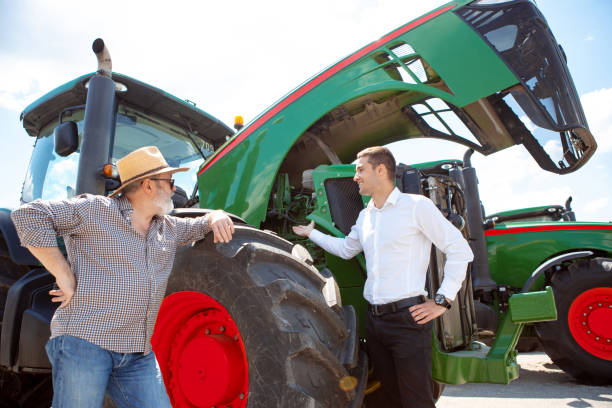
Furthermore, advancements in agricultural machinery and equipment have revolutionized farming practices. High-performance tractors, planters, harvesters, and irrigation systems enable farmers to work more efficiently and cover larger areas in less time. Automated machinery and robotics also reduce the labor required for certain tasks, allowing farmers to focus on other critical aspects of crop production.
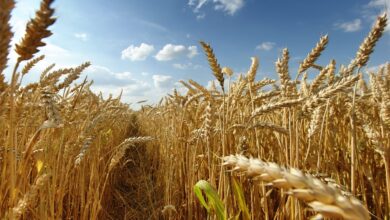
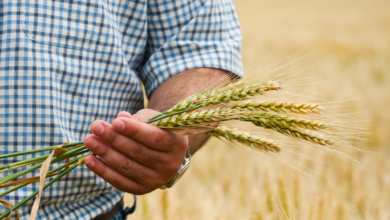
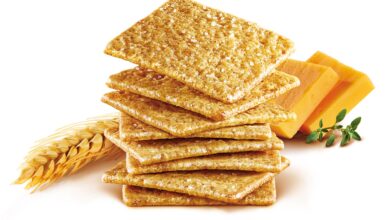
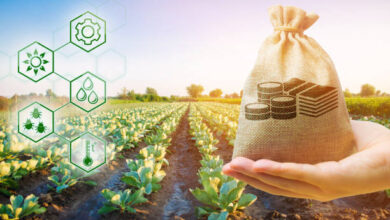
Very Informative …. ❤
You’re living proof that contact form blasting works! You just read my message and I can get millions of people to read YOUR message just the same way. Skype or email me below and I’ll tell you how I can do contact form blasts for your business!
P. Stewart
Skype: live:.cid.e169e59bb6e6d159
Email: ps39120@gomail2.xyz